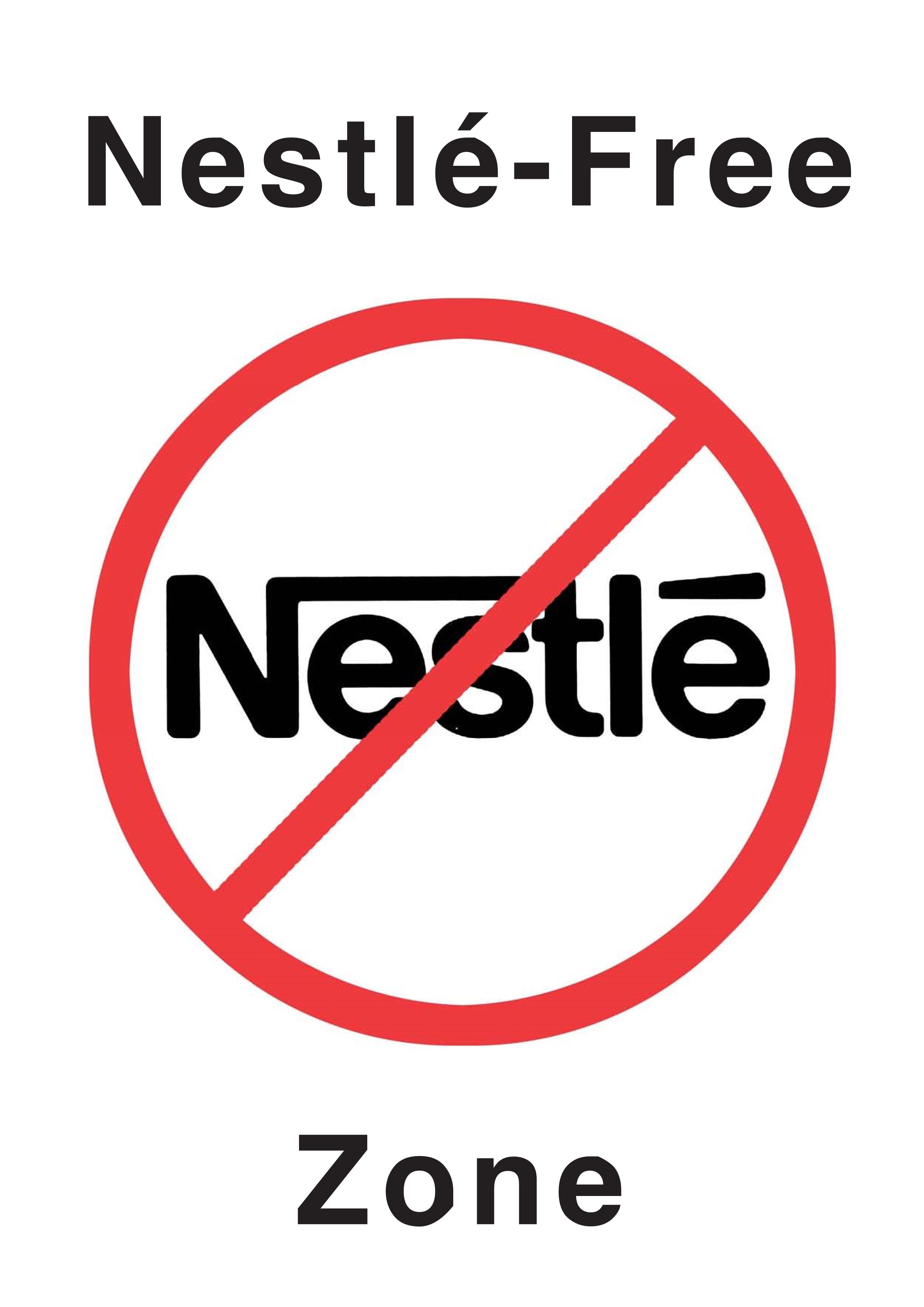Journal of Human Lactation - online first articles
Journal of Human Lactation, Ahead of Print.
Introduction:The World Health Organization recommends exclusive breastfeeding in the first 6 months of life. Substances used by the nursing mother may be transported through human milk (HM) and absorbed through the infant's gastrointestinal tract; thus, a ...
Journal of Human Lactation, Ahead of Print.
Positionality and reflexivity are increasingly recognized as essential practices that enhance the rigor, transparency, and ethical integrity of research. Although these concepts are often associated with qualitative studies, they are equally relevant in ...
Journal of Human Lactation, Ahead of Print.
Background:Breastfeeding rates in Ireland are among the lowest in the world. Social support networks influence initiation and duration.Research Aim:To describe pregnant and postpartum women’s encounters and experiences with health care professionals, ...
Journal of Human Lactation, Ahead of Print.
Helen Ball is professor of anthropology and Director of the Durham Infancy & Sleep Centre. She obtained her PhD in anthropology from the University of Massachusetts, Amherst, in 1992. Her new bookHow babies sleep: A factful guide to the first 365 days ...
Journal of Human Lactation, Ahead of Print.
Journal of Human Lactation, Ahead of Print.
Journal of Human Lactation, Ahead of Print.
Journal of Human Lactation, Ahead of Print.
Background:Media and advertising significantly shape mothers’ infant feeding decisions, influencing whether to breastfeed or formula feed. Understanding these influences is crucial for promoting informed feeding practices.Research Aim:This study explored ...
Journal of Human Lactation, Ahead of Print.
Introduction:Existing evidence on the effects of combined hormonal contraception on mothers’ milk production is inconclusive. This report describes two breastfeeding Swedish women who used combined hormonal contraceptives containing drospirenone (3 mg) ...
Journal of Human Lactation, Ahead of Print.
This article narrates a lived experience of how to write a case study. The essential ingredient to get started is wonder—some sparkle of awe. As International Board Certified Lactation Consultants, we are in privileged position as we witness how families ...
Journal of Human Lactation, Ahead of Print.
Journal of Human Lactation, Ahead of Print.
Journal of Human Lactation, Ahead of Print.
Background:Human milk and colostrum have been well studied; however, limited data are available on the variations in macronutrient content when compared across different infant weight categories for infants with similar gestational ages.Research Aims:To ...
Journal of Human Lactation, Ahead of Print.
The World Health Organization recommends exclusive breastfeeding for the first six months of life and continued breastfeeding for up to two years. A mother’s ability to initiate and sustain breastfeeding is shaped by complex individual- and community-...
Journal of Human Lactation, Ahead of Print.
Background:Human milk contains a diverse community of microbes. The composition of this microbiota varies across different regions, and there is ongoing debate regarding its determinants.Research Aim:To profile the bacterial composition of donor human ...
Journal of Human Lactation, Ahead of Print.
Background:Nurses’ breastfeeding knowledge plays a significant role in promoting breastfeeding. Assessing nursing students’ breastfeeding knowledge is crucial to devise effective educational strategies.Research Aims:To assess breastfeeding knowledge among ...
Journal of Human Lactation, Ahead of Print.
Journal of Human Lactation, Ahead of Print.
Background:Breastfeeding, widely recognized for its significant health benefits, presents multifaceted challenges that contribute to low breastfeeding rates in many countries worldwide. In postmodern society, women’s decisions regarding breastfeeding are ...
Journal of Human Lactation, Ahead of Print.
Journal of Human Lactation, Ahead of Print.
Background:Breastfeeding is crucial for infant health, but nipple trauma remains a common challenge. In particular, nipple trauma can lead to the onset of mastitis and psychological distress for mothers. Silver nipple protectors have been suggested to ...
Table of Contents for Journal of Human Lactation. List of articles from ahead of print issues.
SubscribeFeliratkozás a következőre: Journal of Human Lactation - online first articles hírcsatorna

